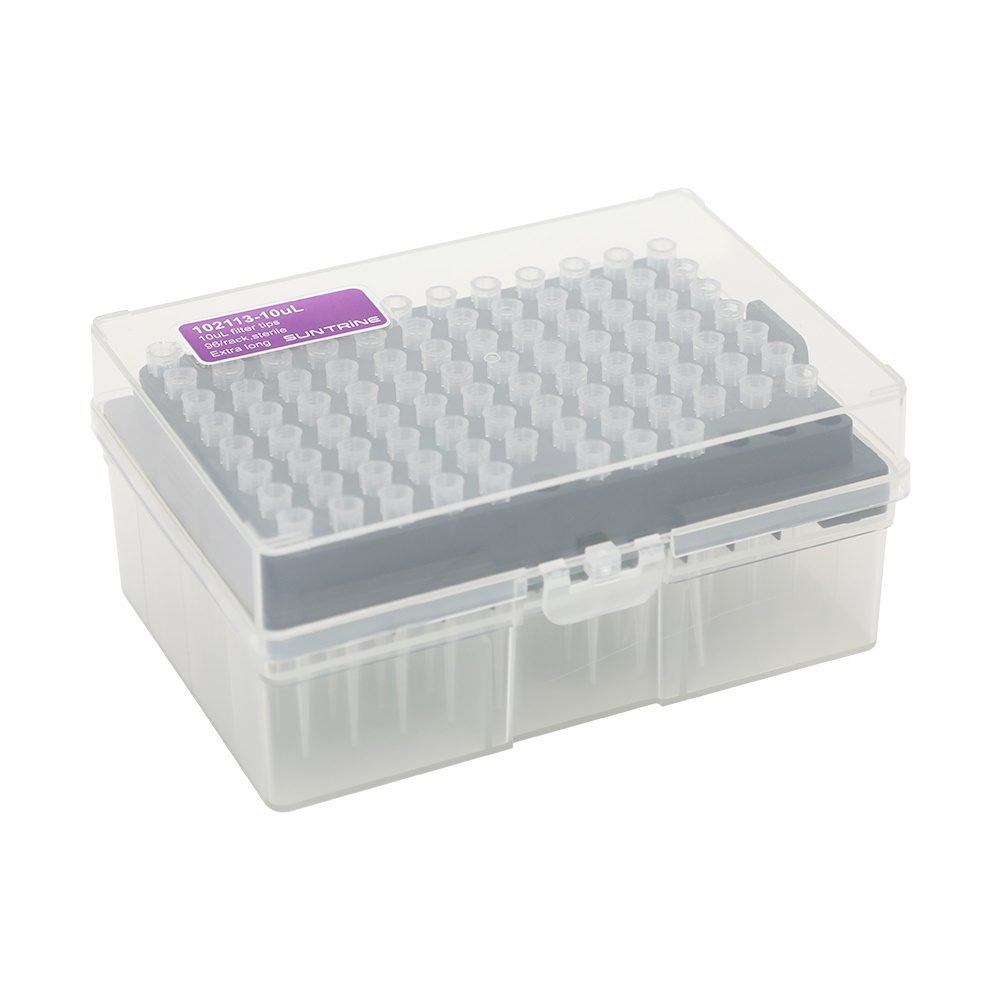Economical and large packaging, PE self-sealing bag packaging to prevent pollution
Low retention Sharp pipette tips are a remarkable innovation that has made laboratory work easier and more efficient. Pipette tips are commonly used in biological, chemical, and pharmaceutical laboratories for transferring small amounts of liquid. The tips are designed to fit onto the end of a pipette and create a seal that prevents spilling or dripping of liquid.
One of the challenges encountered when working with pipette tips is liquid retention. This occurs when some of the liquid adheres to the walls of the tip instead of being transferred to the desired location. Low retention pipette tips have been designed to overcome this challenge. They are made of materials that minimize liquid adhesion, enabling accurate and precise liquid transfer.
Low retention pipette tips have several advantages over traditional tips. First, they reduce liquid waste, as they can transfer more of the desired liquid, thus ensuring that experiments are more cost-effective. Second, they save time, as it takes less effort and time to transfer liquid from one point to another. Third, they reduce the chances of contamination. The reduced liquid retention minimizes the risk of sample carryover and ensures accurate results.
Low retention pipette tips come in various sizes and shapes to fit different pipette models. They are also available in both sterile and non-sterile options, ensuring that researchers can choose the most appropriate option for their experiments.
In conclusion, low retention pipette tips have revolutionized the laboratory work by reducing liquid retention and improving accuracy and precision. They are cost-effective, time-saving, and minimize the risk of contamination. These tips are an excellent investment for any laboratory looking to upgrade its operations.
In modern laboratories, the tip of a low retention pipette is one of the indispensable tools. Its design aims to improve the accuracy and reliability of analysis results, and can save time and effort. The use of a low retention pipette tip not only reduces liquid retention, but also maximizes the avoidance of cross contamination caused by liquid residue in the pipeline. This is very important for biochemical and molecular biology experiments that require high precision and high controllability, especially for experiments such as PCR reactions. The widespread application of low retention pipette tips has effectively improved laboratory experimental efficiency and reliability of research results, while reducing experimental costs and risks. Therefore, in laboratory operations, the use of low retention pipette tips should be actively promoted to improve the success rate and quality of experiments, and make greater contributions to scientific research.







